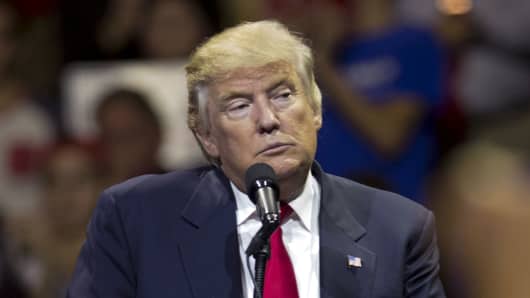President-elect Donald Trump is inheriting an economy that is already approaching its eighth year of expansion, one of the longest on record and above the post-World War II average of five years.
After today's BLS jobs report, where 156,000 private sector jobs were added we are seeing the growth in jobs as naturally slowing as most of those willing to work are already working.
To illustrate, over the past three months private sector job gains are now averaging 165,000 versus the six month average of 181,000, 12 month average of 170,000 and the 2015 average of 221,000 and versus 240,000 in 2014.
With the U.S. economy arguably at full employment, the fiscal stimulus that Trump plans on initiating will not be felt as broadly as it would have been if it was initiated at the early part of an expansion.
I say 'arguably' because 95 million Americans are not in the labor force creating the perception of a large pool of slack that can come back to work. Mysteriously, the participation rate of those aged 25-54 at 81.4 percent is still below its 25 year average of 82.8 percent.
What will it take to bring more of this important demographic back into the labor market? Higher wages and/or less generous transfer payments? Most likely, a bit of both.



